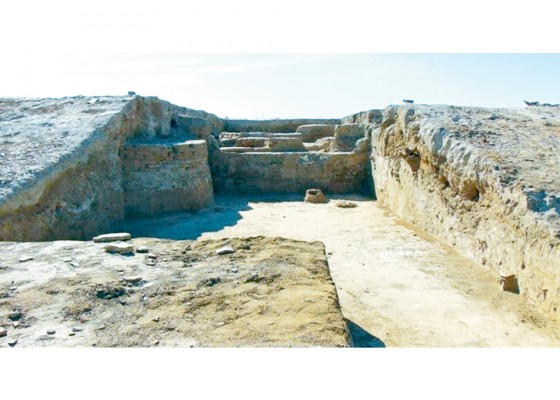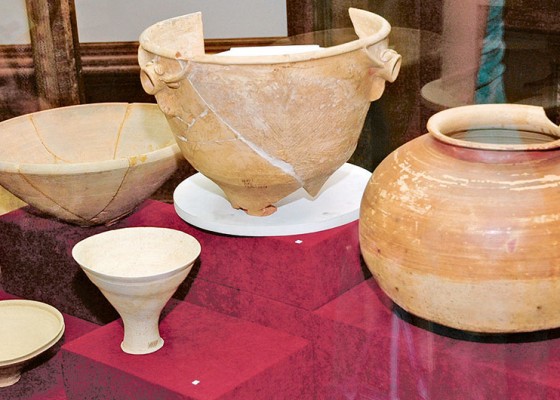Tamdyr: Traditions of Baking
The purpose of modern museums is to study, preserve and promote the historical heritage of the Turkmen people, who have centuries-old rich history and culture. The ethnography department of the State Museum of the State Cultural Centre of Turkmenistan has a rich collection of national clothes, jewellery and household items. Since farming was the main economic sector of the Turkmen people, many exhibits tell about the labour of grain growers and associated practices. After reaping a rich harvest, dayhans held special celebrations in honour of this event so that subsequent years would be good for the crops. These centuries-old traditions continue to this day.





